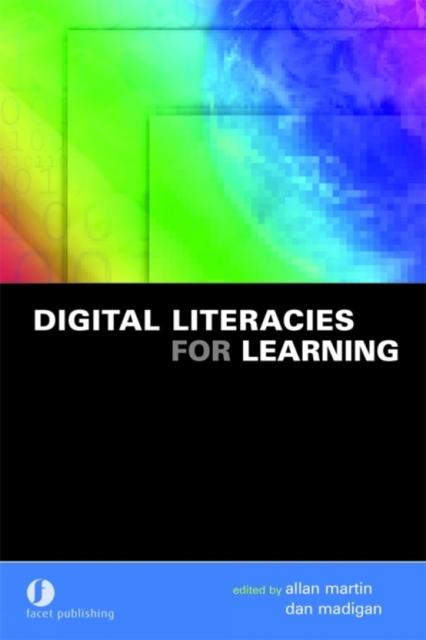
Digital Literacies for Learning PDF
Edited by Allan Martin, Dan Madigan
Description
In the 21st century, digital tools enable information to be generated faster and in greater profusion than ever before, to the point where its extent and value are literally beyond imagining. Such quantities can only be meaningfully addressed using more digital tools, and thus our relationship to information is fundamentally changed. This situation presents a particular challenge to processes of learning and teaching, and demands a response from both information professionals and educators. Enabling education in a digital environment means not only changing the form in which learning opportunities are offered, but also enabling students to survive and prosper in digitally based learning environments.
This collection brings together a global community of educators, educational researchers, librarians and IT strategists, to consider how learners need to be equipped in an educational environment that is increasingly suffused with digital technology. Traditional notions of literacy need to be challenged, and new literacies, including information literacy and IT literacy, need to be considered as foundation elements for digitally involved learners. Leading international experts from the USA, Canada, Australia, New Zealand, South Africa, Mexico and throughout Europe contribute to the debate, and Hannelore Rader, Librarian and Dean of the University Libraries, University of Louisville, Kentucky, provides the foreword. The book is in two parts:
- In Part 1, Literacies in the Digital Age, the contributors analyse how digital technologies have enabled transformative change in the ways in which learning can be constructed, and discuss the nature of the new literacies that have emerged in this new virtual and e-learning environment.
- In Part 2, Enabling and Supporting Digital Literacies, the contributors go on to consider the ways in which digital literacies can be made available to learners, and how these literacies are being relocated in a more student-centred environment within the broader perspective of learning.
Readership: This book takes the issues raised in the successful Information and IT Literacy, also co-edited by Allan Martin, into a broader context. It is essential reading for all information professionals and educators involved in developing strategies and practices for learning in a digital age.
Information
-
Download - Immediately Available
- Format:PDF
- Pages:304 pages
- Publisher:Facet Publishing
- Publication Date:31/12/2013
- Category:
- ISBN:9781856049870
Information
-
Download - Immediately Available
- Format:PDF
- Pages:304 pages
- Publisher:Facet Publishing
- Publication Date:31/12/2013
- Category:
- ISBN:9781856049870






